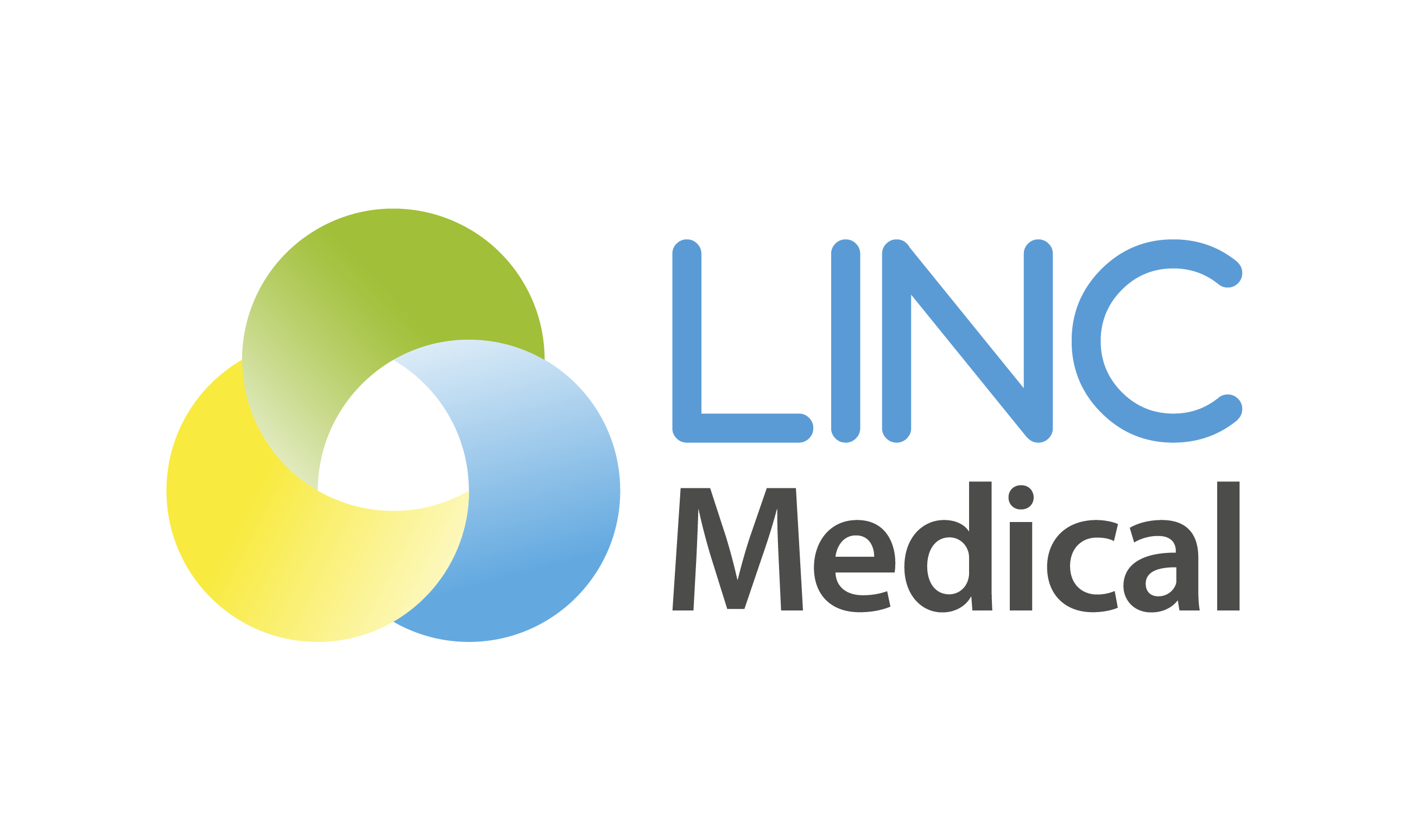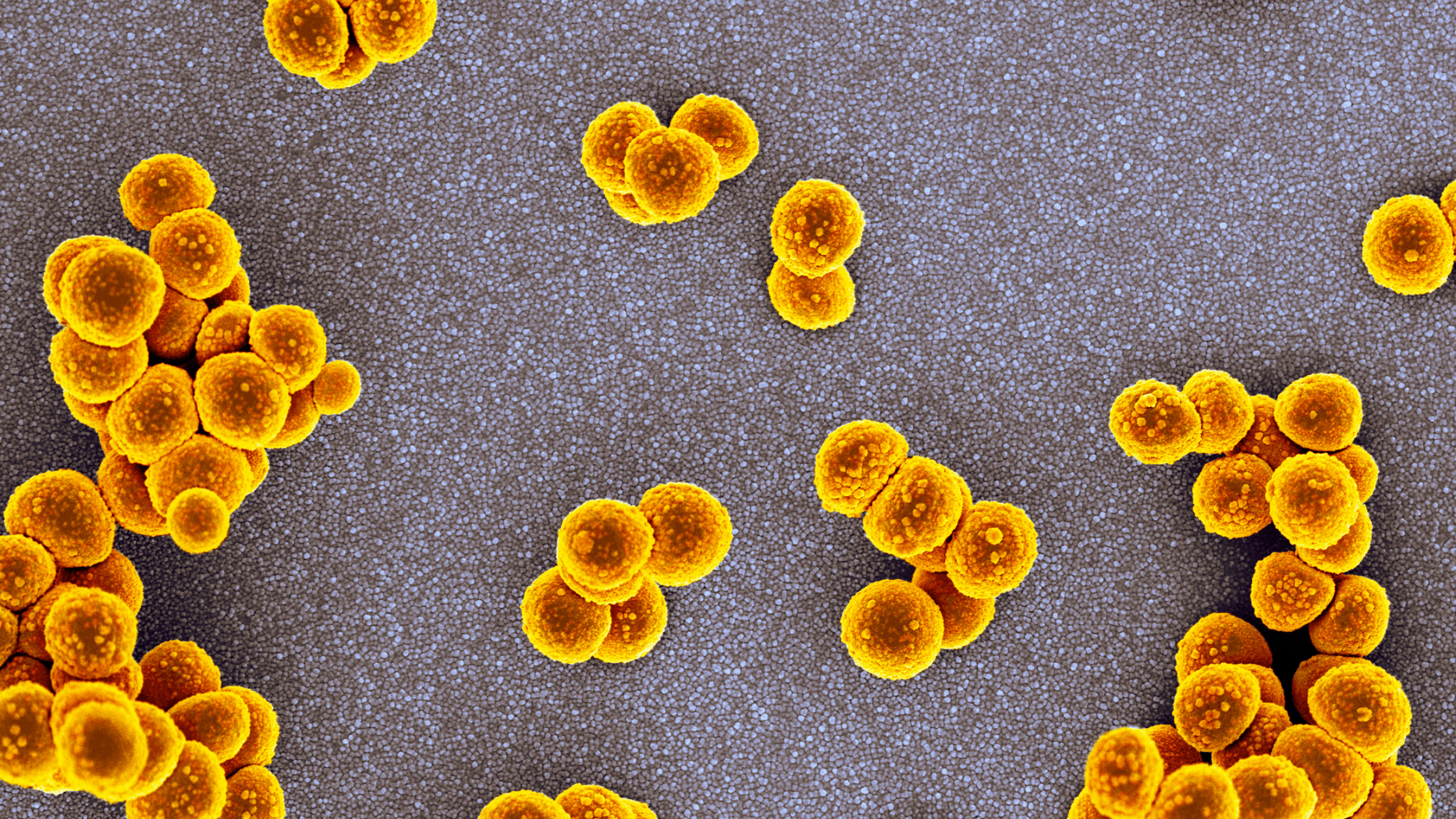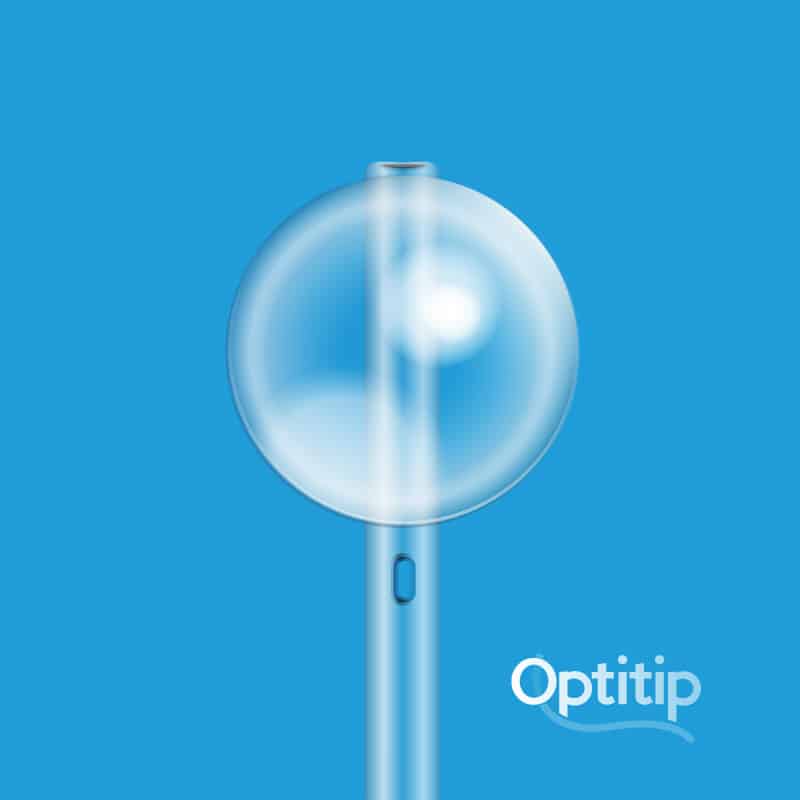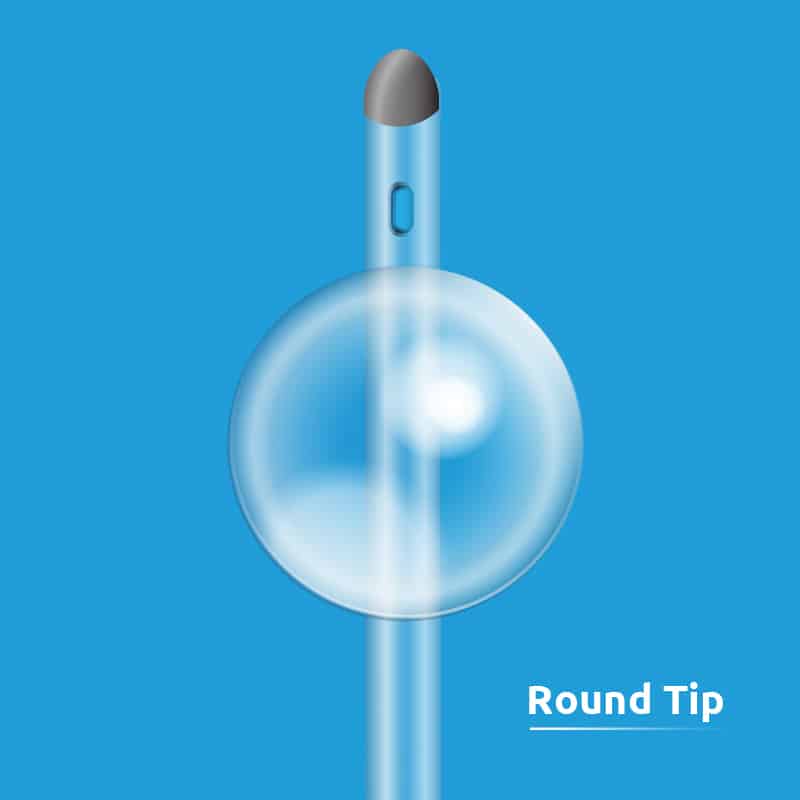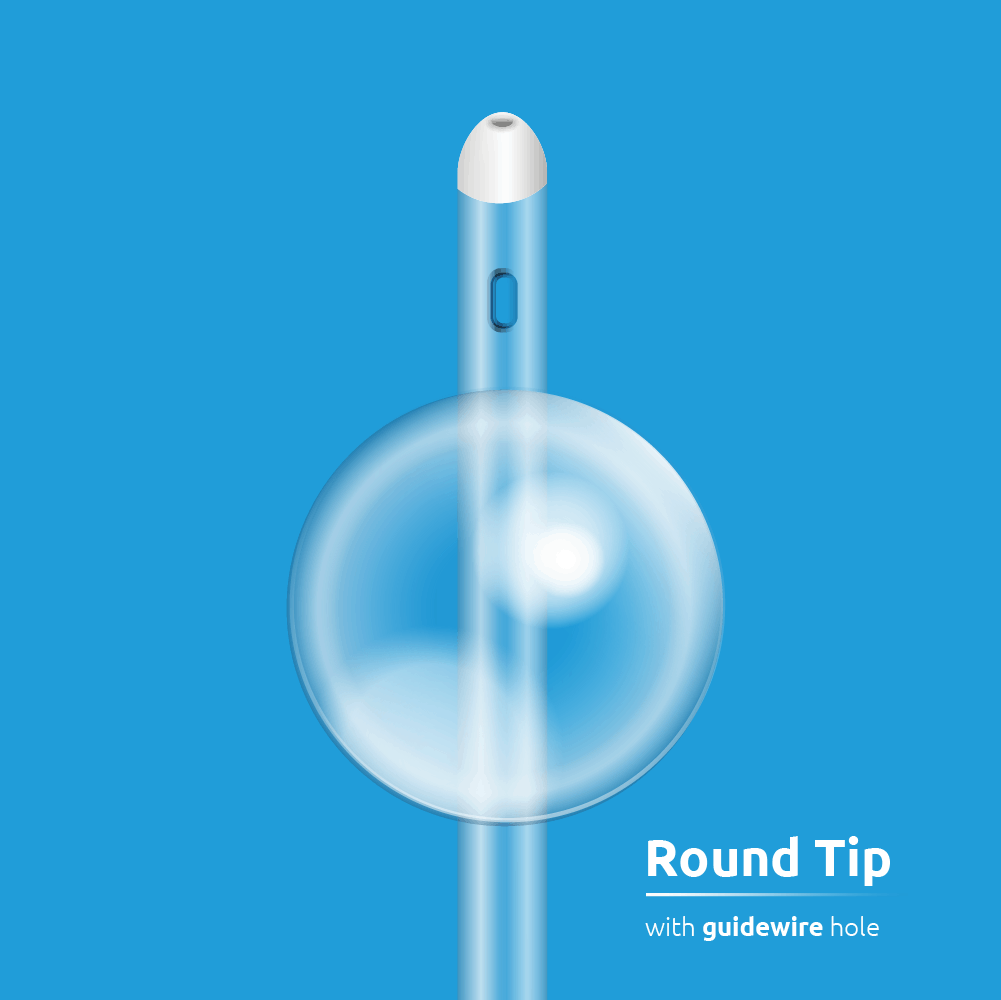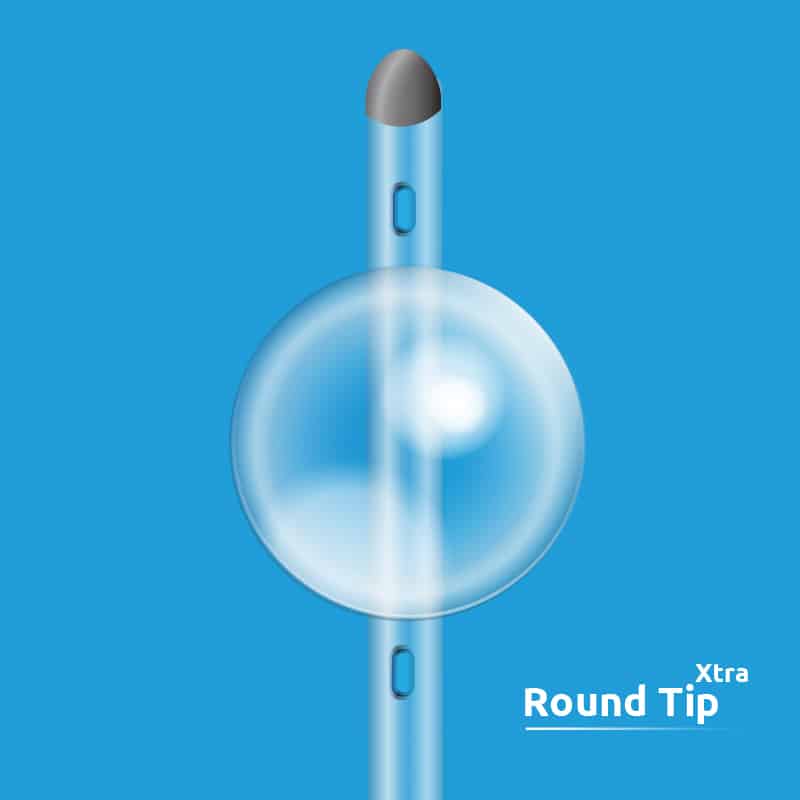Abstract
Biofilms are the cause of major bacteriological infections in patients. The complex architecture of Escherichia coli (E. coli) biofilm attached to the surface of catheters has been studied and found to depend on the biomaterial’s surface properties. The SEM micrographs and water contact angle analysis have revealed that the nature of the surface affects the growth and extent of E. coli biofilm formation. In vitro studies have revealed that the Gram-negative E. coli adherence to implanted biomaterials takes place in accordance with hydrophobicity, i.e., latex > silicone > polyurethane > stainless steel. Permanent removal of E. coli biofilm requires 50 to 200 times more gentamicin sulfate (G-S) than the minimum inhibitory concentration (MIC) to remove 90% of E. coli biofilm (MBIC90). Here, in vitro eradication of biofilm-associated infection on biomaterials has been done by Eudragit RL100 encapsulated gentamicin sulfate (E-G-S) nanoparticle of range 140 nm. It is 10-20 times more effective against E. coli biofilm-associated infections eradication than normal unentrapped G-S. Thus, Eudragit RL100 mediated drug delivery system provides a promising way to reduce the cost of treatment with a higher drug therapeutic index.
References:
Pandey, V. K., Srivastava, K. R., Ajmal, G., Thakur, V. K., Gupta, V. K., Upadhyay, S. N., & Mishra, P. K. (2019). Differential Susceptibility of Catheter Biomaterials to Biofilm-Associated Infections and Their Remedy by Drug-Encapsulated Eudragit RL100 Nanoparticles. International journal of molecular sciences, 20(20), 5110. https://doi.org/10.3390/ijms20205110
Click below to be taken to the full text.
